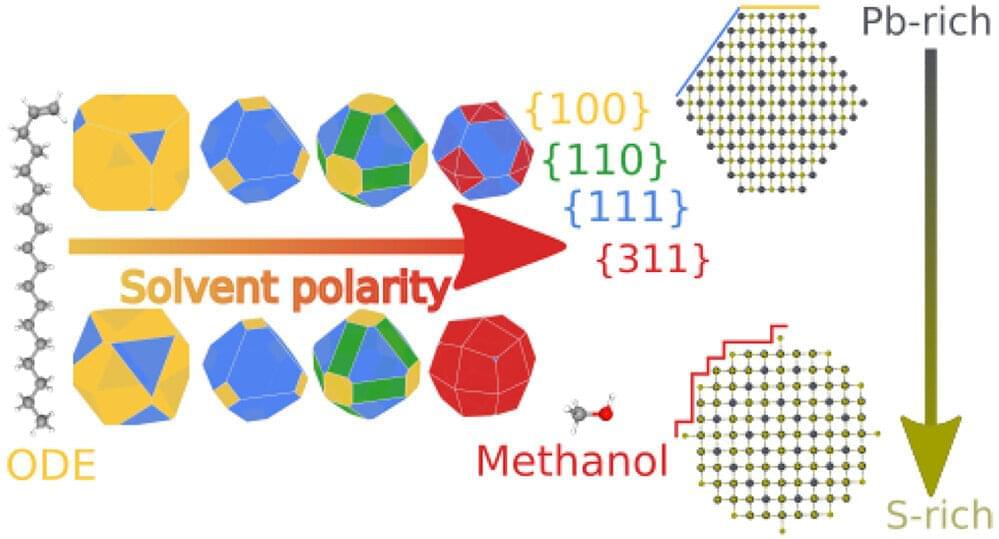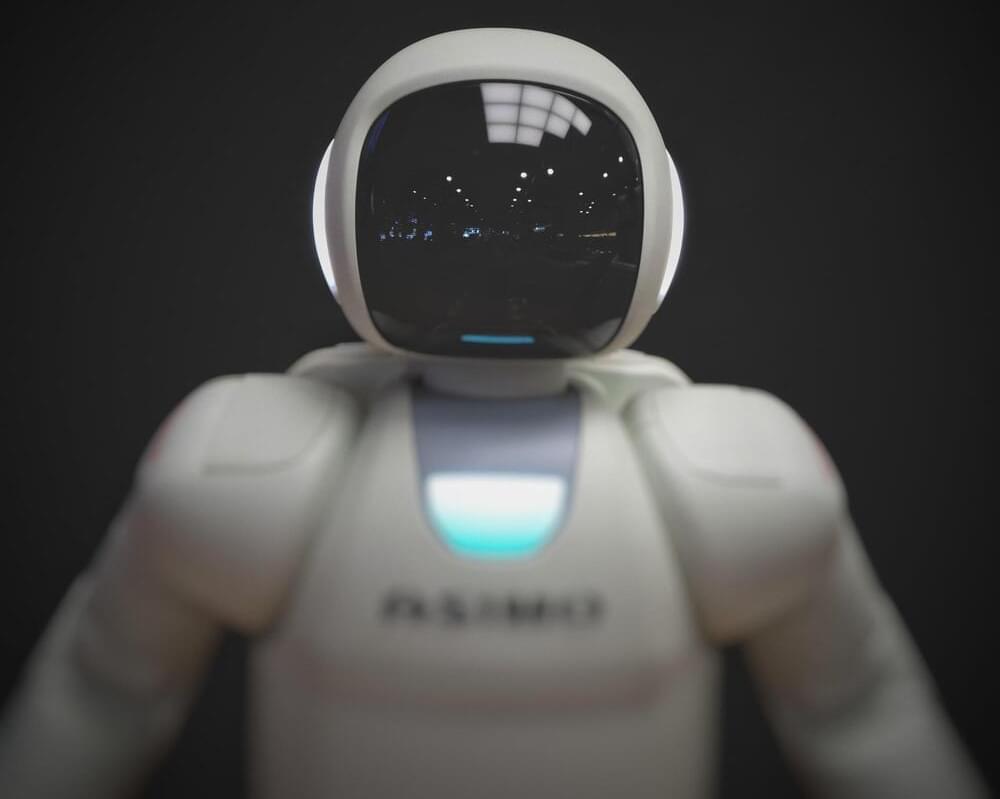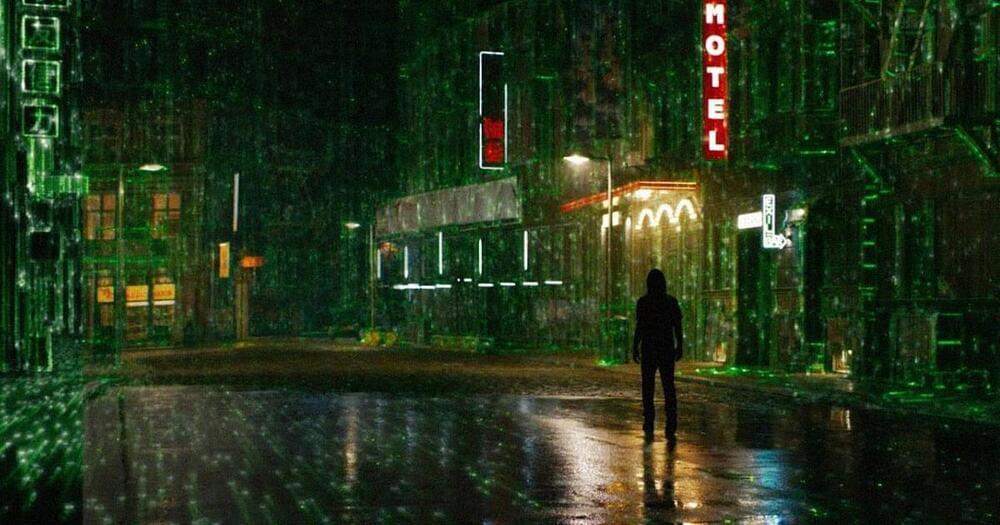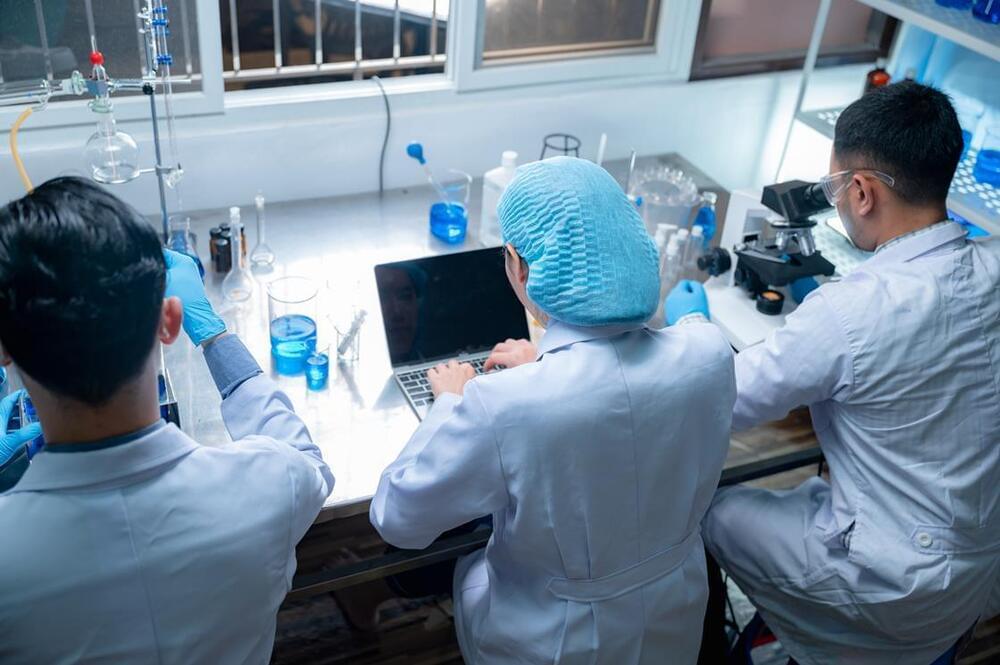Rapid progress in AI is arousing fear as well as excitement. How worried should you be?
Get the latest international news and world events from around the world.

Quantum Biology: Unlocking the Mysteries of How Life Works
Quantum biology explores how quantum effects influence biological processes, potentially leading to breakthroughs in medicine and biotechnology. Despite the assumption that quantum effects rapidly disappear in biological systems, research suggests these effects play a key role in physiological processes. This opens up the possibility of manipulating these processes to create non-invasive, remote-controlled therapeutic devices. However, achieving this requires a new, interdisciplinary approach to scientific research.
Imagine using your cell phone to control the activity of your own cells to treat injuries and diseases. It sounds like something from the imagination of an overly optimistic science fiction writer. But this may one day be a possibility through the emerging field of quantum biology.
Over the past few decades, scientists have made incredible progress in understanding and manipulating biological systems at increasingly small scales, from protein folding to genetic engineering. And yet, the extent to which quantum effects influence living systems remains barely understood.

Using nanofaceting to manipulate quantum dots into nanocrystals
A new method of controlling the shape of tiny particles about one tenth of the width of human hair could make the technology that powers our daily lives more stable and more efficient, scientists claim.
The process, which transforms the structure of microscopic semiconductor materials known as quantum dots, provides industry with opportunities to optimize optoelectronics, energy harvesting, photonics, and biomedical imaging technologies, according to the Cardiff University-led team.
Their study, published in Nano Letters, used a process called nanofaceting—the formation of small, flat surfaces on nanoparticles—to manipulate the quantum dots into a variety of shapes called nanocrystals.


Can charismatic robots help teams be more creative?
Increasingly, social robots are being used for support in educational contexts. But does the sound of a social robot affect how well they perform, especially when dealing with teams of humans? Teamwork is a key factor in human creativity, boosting collaboration and new ideas. Danish scientists set out to understand whether robots using a voice designed to sound charismatic would be more successful as team creativity facilitators.
“We had a robot instruct teams of students in a creativity task. The robot either used a confident, passionate—ie charismatic—tone of voice or a normal, matter-of-fact tone of voice,” said Dr. Kerstin Fischer of the University of Southern Denmark, corresponding author of the study in Frontiers in Communication. “We found that when the robot spoke in a charismatic speaking style, students’ ideas were more original and more elaborate.”
We know that social robots acting as facilitators can boost creativity, and that the success of facilitators is at least partly dependent on charisma: people respond to charismatic speech by becoming more confident and engaged. Fischer and her colleagues aimed to see if this effect could be reproduced with the voices of social robots by using a text-to-speech function engineered for characteristics associated with charismatic speaking, such as a specific pitch range and way of stressing words. Two voices were developed, one charismatic and one less expressive, based on a range of parameters which correlate with perceived speaker charisma.

Apple is working on its own AI large language model and restricting employees from using ChatGPT over privacy concerns, report says
In the company’s quarterly earnings call earlier this month, CEO Tim Cook said Apple is planning to “weave” AI into its products, per The Independent. But he also cautioned about the future of the technology.
“I do think it’s very important to be deliberate and thoughtful in how you approach these things,” he said, per Inc. “And there’s a number of issues that need to be sorted as is being talked about in a number of different places, but the potential is certainly very interesting.”
Apple is also telling some employees to limit their use of ChatGPT and other external AI tools, according to an internal document seen by the Journal. That includes the automated coding tool Copilot, from the Microsoft-owned GitHub.

Researchers Let 25 AI Bots Loose Inside a Virtual Town. The Results Were Fascinating
A team of researchers from Stanford University and Google let 25 AI-powered bots loose inside a virtual town — and they acted a lot more like humans than you might expect.
As detailed in a recent, yet-to-be-peer-reviewed study, the researchers trained 25 different “generative agents,” using OpenAI’s GPT-3.5 large language model, to “simulate believable human behavior” such as cooking up breakfast, going to work, or practicing a specific profession like painting or writing.
A virtual town called “Smallville” allowed these agents to hop from school to a cafe, or head to a bar after work.

Dogs have self awareness like humans, new study shows
face_with_colon_three year 2021.
Dogs have been added to a group of animals that, like humans, “recognize themselves as distinct entities from their environment,” a new study shows.
A report by Live Science noted the study’s findings were published Feb. 18 in the journal Scientific Reports.
The study shows that dogs “know where their paws end and the world begins,” Live Science said.

Workshop: Getting started with Design of Experiments
Despite the wins offered by DoE, many of us working in commercial research, development, and manufacturing have yet to experience the method. This may be due in part to a lack of awareness and lack of know-how. The best way to gain an appreciation for what DoE may offer you is to experience it.
This series of three one-hour workshops will provide inspirational examples of the use of DoE in many aspects of bringing products to the market, including product design, discovery, and development, process development, scale-up, transfer, and analytical method development. It will also provide the necessary know-how and resources you will need to get started with DoE.